Straw ash glaze snow, moon and flowers cup by Kosai Miyagawa
Straw ash glaze snow, moon and flowers cup by Kosai Miyagawa
Couldn't load pickup availability
Height: 4.0cm Width: 5.5cm
As its name suggests, the Straw Ash Glazed Snow, Moon, and Flowers Sake Cup by Miyagawa Kosai is a work that captures poetic beauty in ceramics. The moon is boldly painted in silver on this cup, and its beauty is eye-catching. Furthermore, the gold coloring, which symbolizes snow, and the red coloring, which represents flowers, are effectively arranged, making this a work that truly captures the beauty of nature in a poetic way. In particular, the color arrangement based on the theme of "snow, moon, and flowers," creates a rich emotional feeling throughout the entire cup.
Setsugekka - A symbol of beauty rooted in Japanese culture
The term "Setsugetsuka" (or "Setsugekka") originates from a line in the poem "Jiyin Xie Lu" (The Cooperative Writings of Yin and Flowers) by Bai Juyi, a poet of the Tang dynasty in China, entitled "When snow, moon, and flowers bloom, I remember you most." This poem describes the moment when, in front of a beautiful natural landscape, one thinks most strongly of a loved one, and has been widely accepted in Japan as well. As a phrase symbolizing the three great beauties of nature - snow, moon, and flowers - "Setsugetsuka" has come to be frequently quoted in Japanese poetry and art, and has been particularly popular as a theme in court culture and waka poetry.
Combining Japanese Poetry and Snow, Moon and Flowers
In Japan, the concept of "Snow, Moon, and Flowers" has been considered a playful aesthetic sense that combines the three elements at once. For example, Otomo no Yakamochi's poem in the "Manyoshu" expresses the elegant sensibility of enjoying snow, moon, and flowers all at once: "On the snow, on a shining moonlit night, I pick plum blossoms and send them to my beloved child." As in this poem, the combination of snow, moon, and flowers pursues the ultimate beauty of nature, and also contains the sentiment of "remembering the lord most," which reflects the spirit of Bai Juyi's poetry.
The tradition of the Miyagawa Kosai family - Straw ash glaze and its techniques
Among the traditional techniques handed down through the generations of the Miyagawa Kosai family, the straw ash glaze plays an especially important role. This glaze was also used by Nonomura Ninsei, the founder of Kyoto ware, and is one of the symbolic techniques of the Miyagawa family's Makuzu ware. The use of straw ash glaze creates a mellow milky white surface, and its unique elegance gives depth to the work. Vessels coated with straw ash glaze change color depending on the type of clay and how well they are fired, sometimes showing a warm reddish hue and sometimes a cool bluish-white color, giving them a variety of different expressions.
The history of Makuzu ware and the succession of the Miyagawa family
The history of Makkuzu ware dates back to the early Edo period, during the Jokyo era (1684-1687), when Yukan Miyagawa Kobee Masakazu moved from Omi Province (currently Nagahama City, Shiga Prefecture) to Kyoto and began making pottery in front of the gates of Chion-in Temple. His descendants continued to use the names "Jibei" and "Kousai" for generations, and the Miyagawa family has continued making pottery for 330 years. Makkuzu ware is widely known as a tool for sencha tea and tea ceremony, and its gorgeous and elegant style is highly regarded both in Japan and abroad. Currently, Makkuzu ware pieces are held in many collections, including the Victoria and Albert Museum (London), the Permanent Mission of Japan to UNESCO (Paris), and the Japan Foundation. This piece is a beautiful fusion of the poetic beauty of "Setsugetsuka" and the traditional straw ash glaze technique of the Miyagawa Kosai family. The contrast between the glow of the moon painted in silver and the snow and flowers painted in gold and red gives the entire vessel a poetic feeling. In addition, the 330-year history of Makuzu ware and the unique texture of the straw ash glaze make this cup even more attractive.
Share
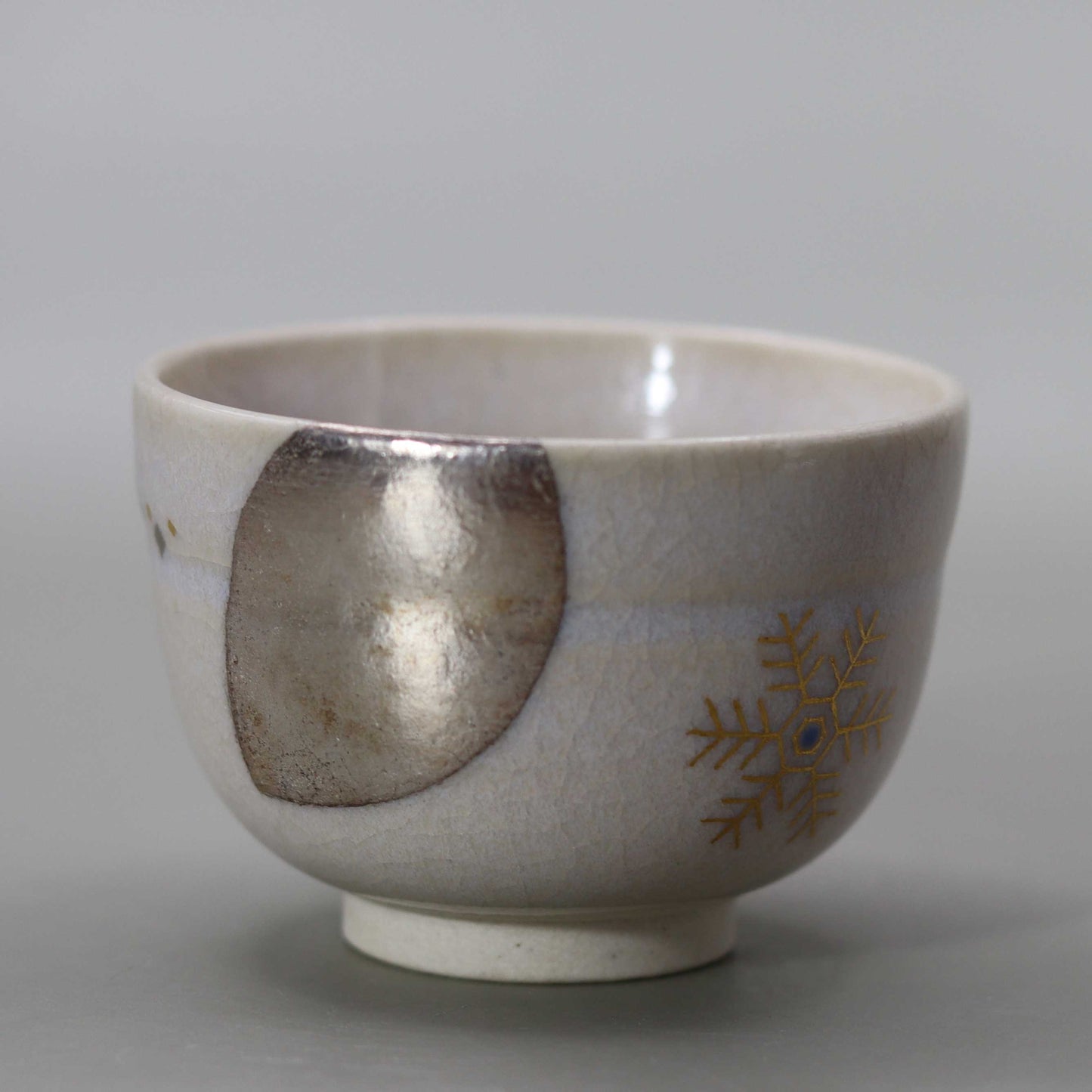
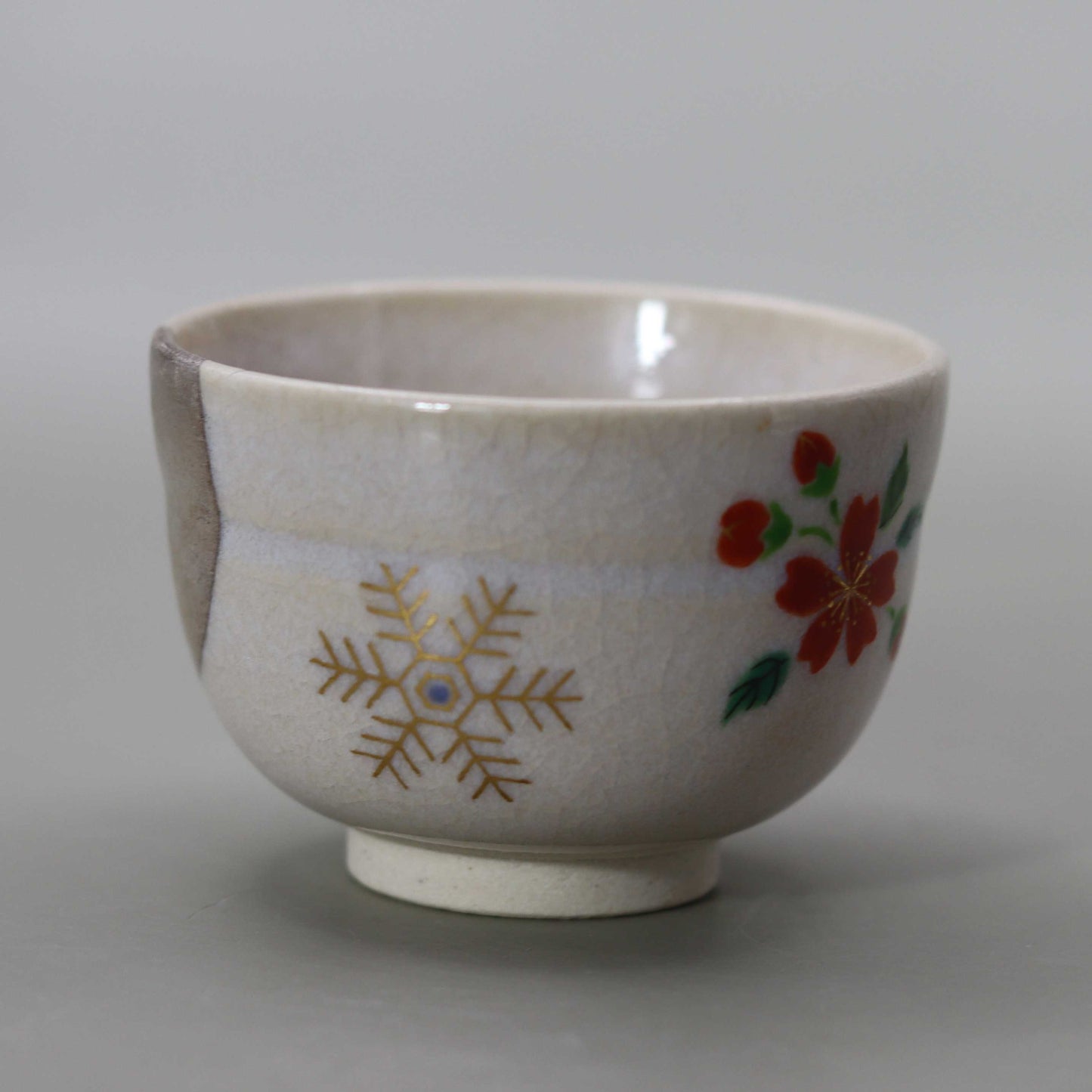
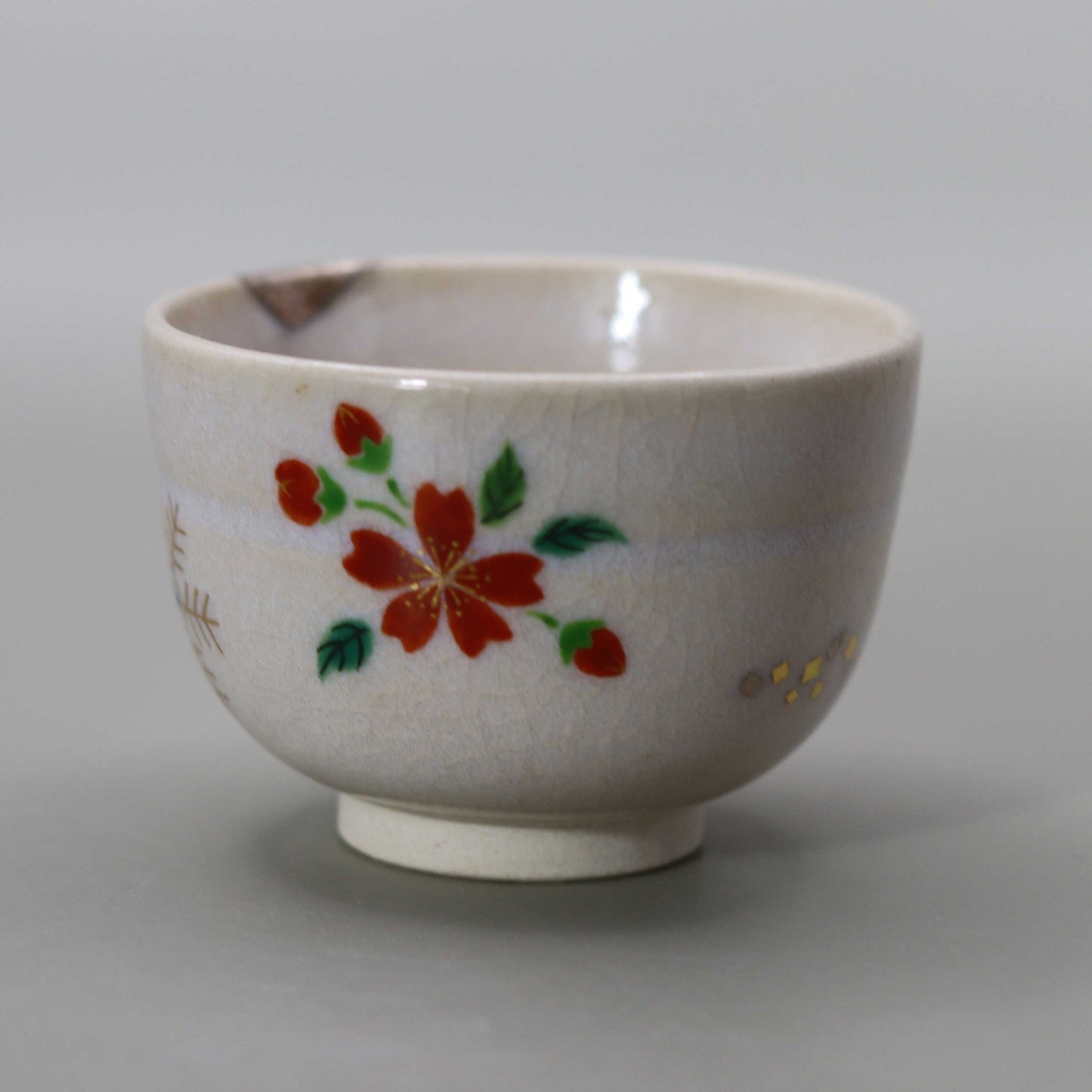
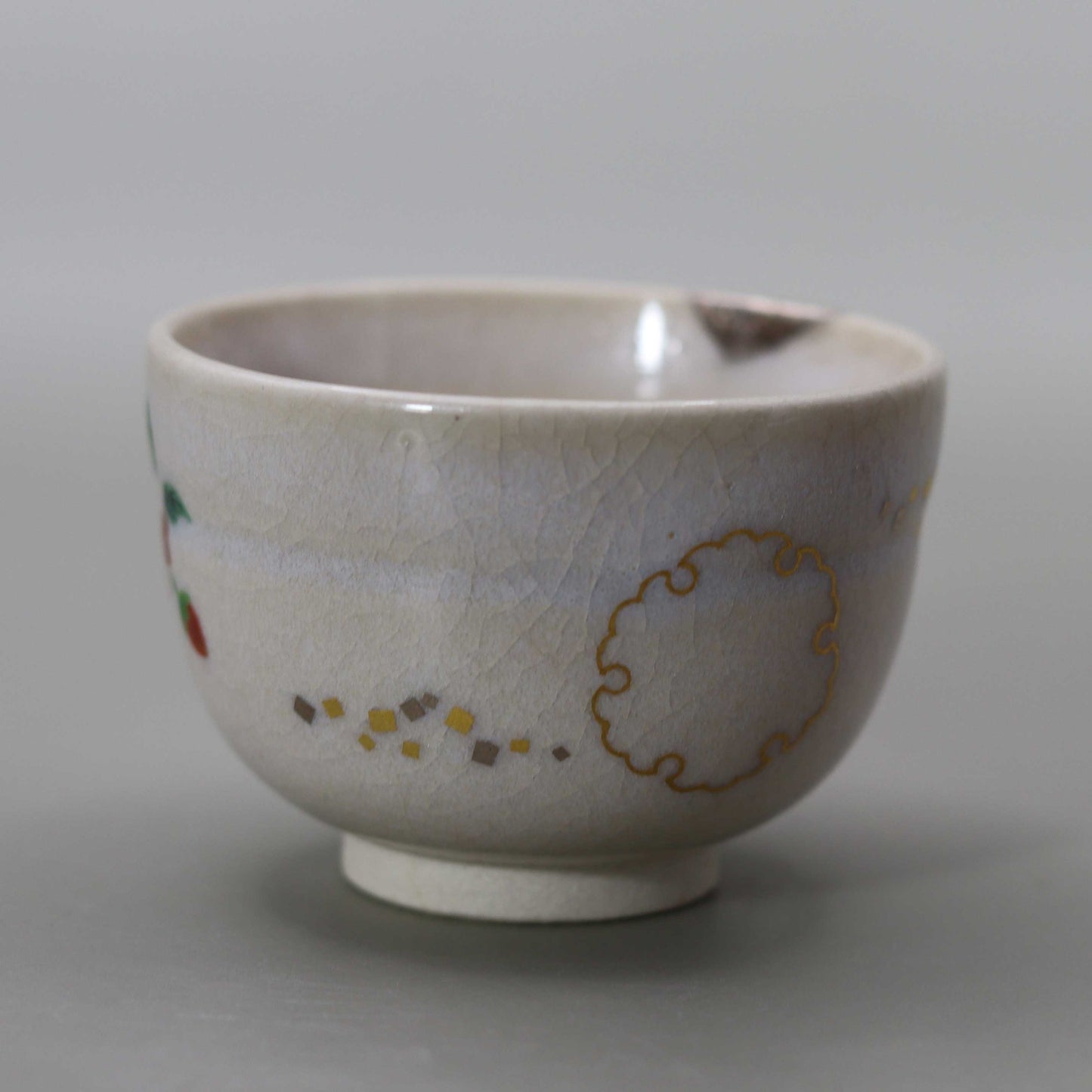
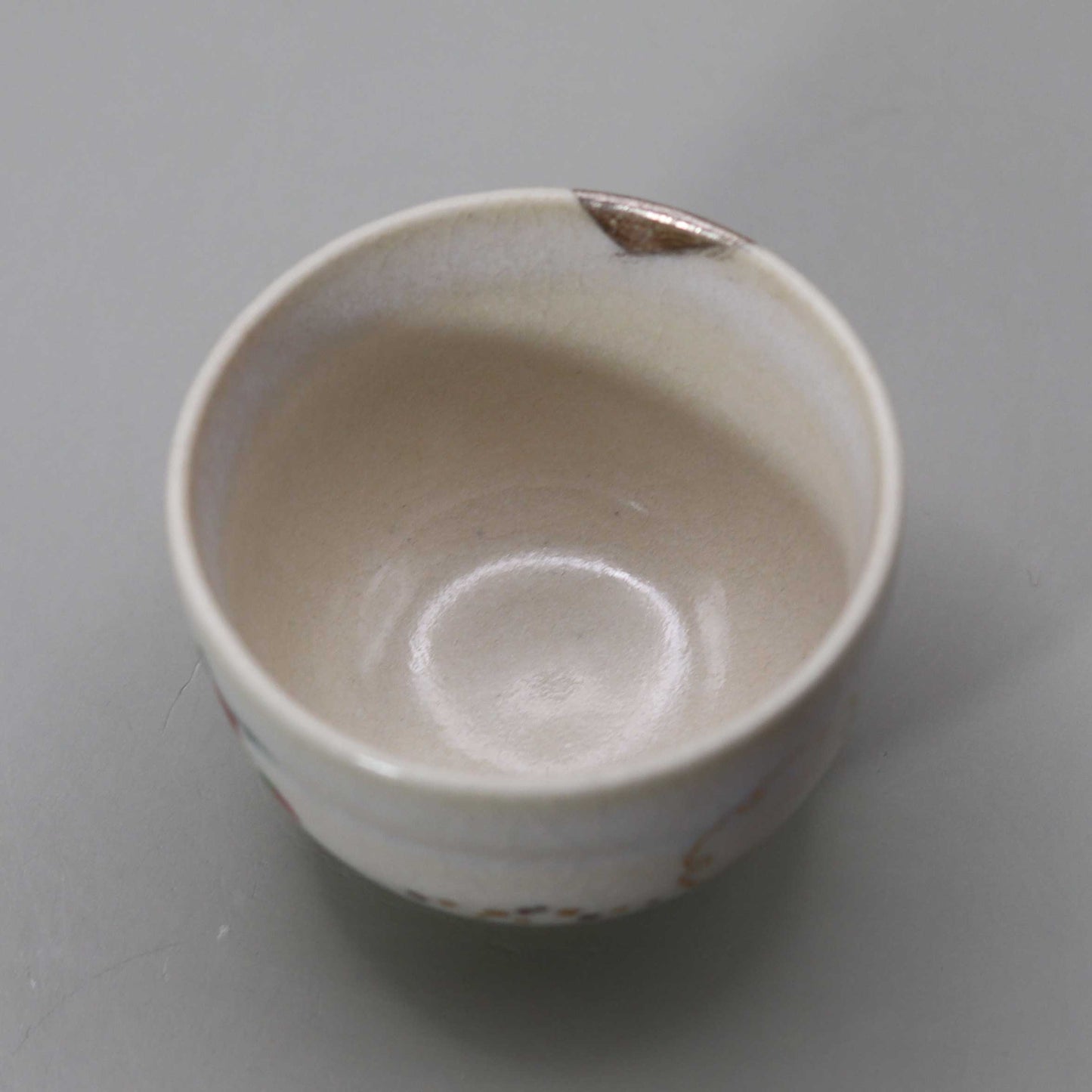
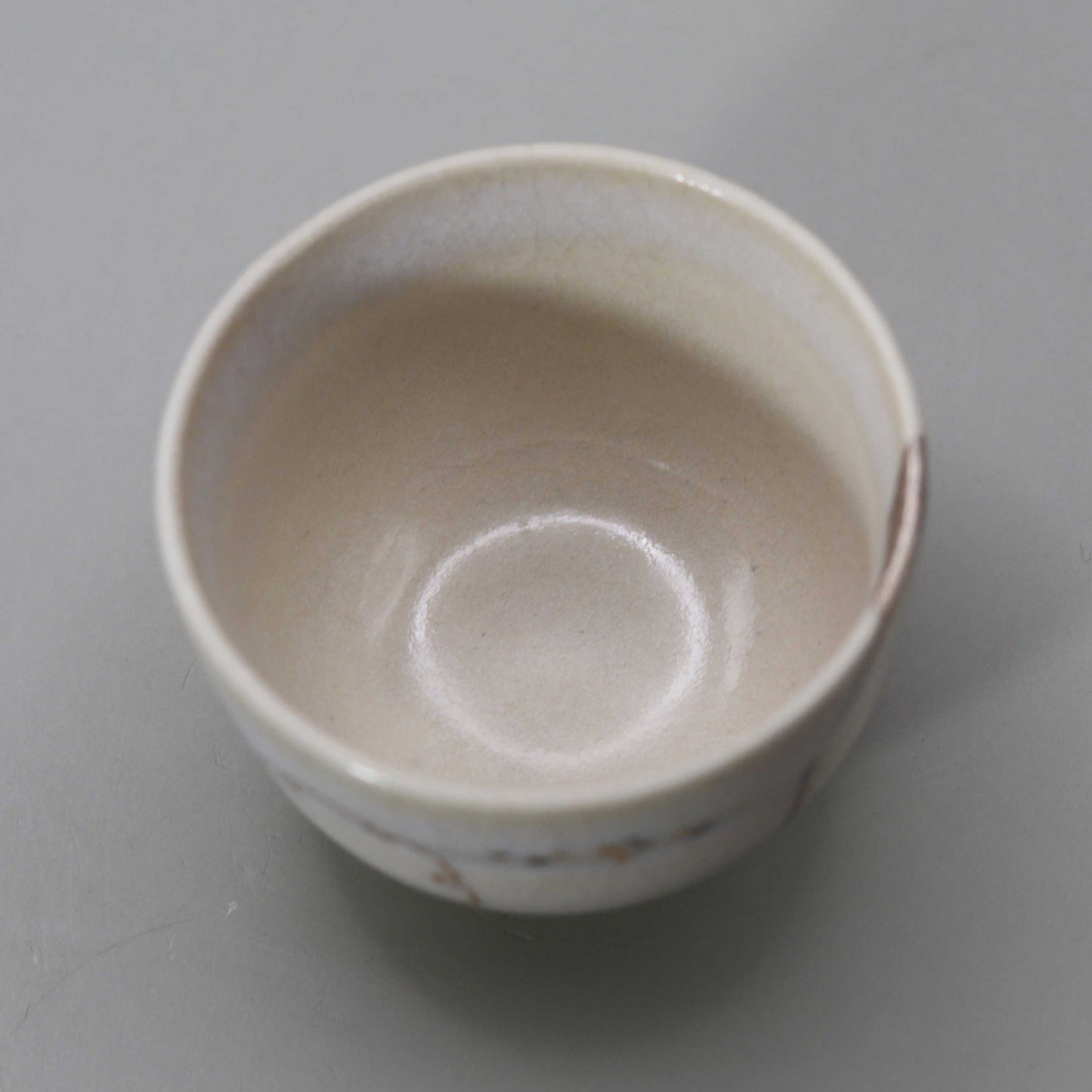
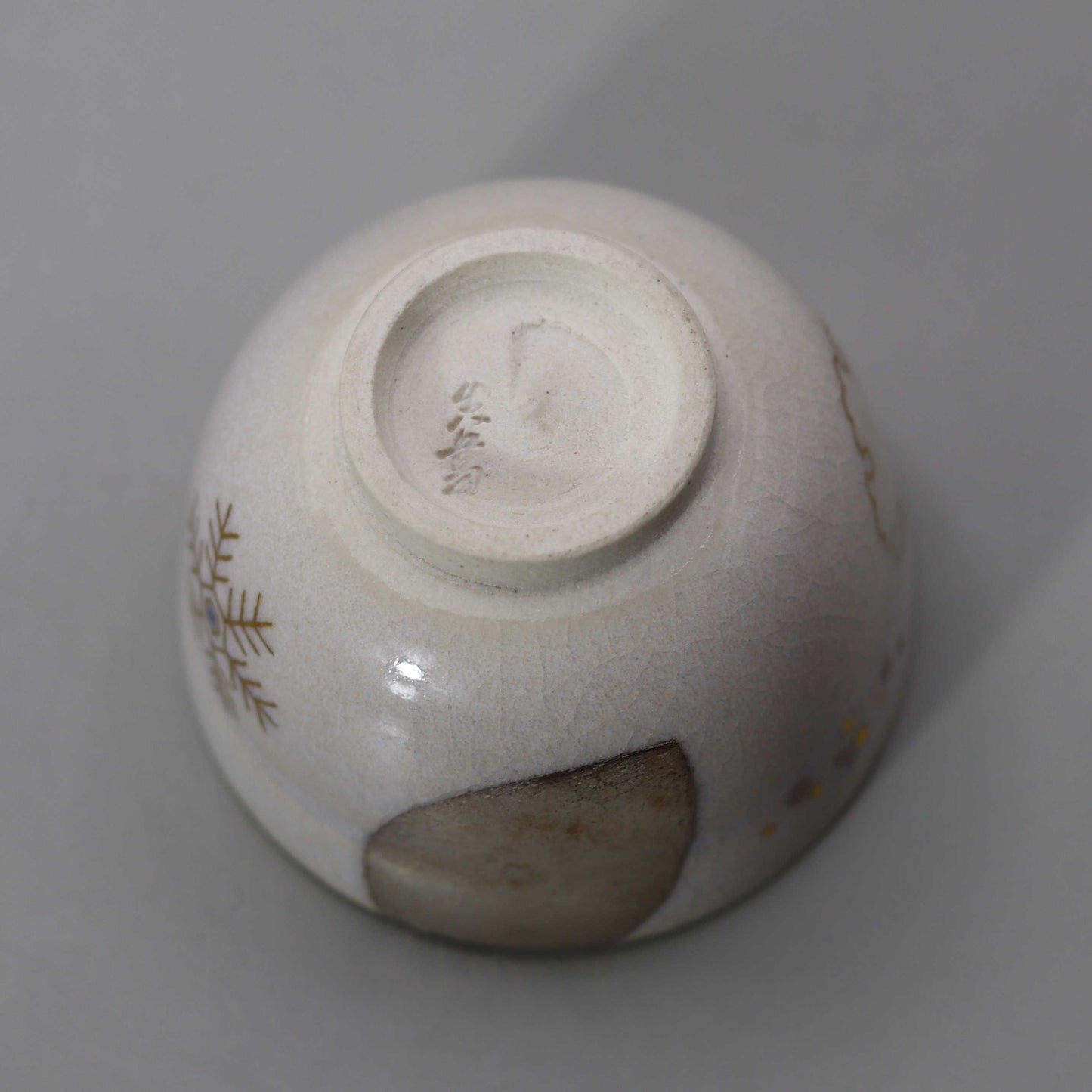

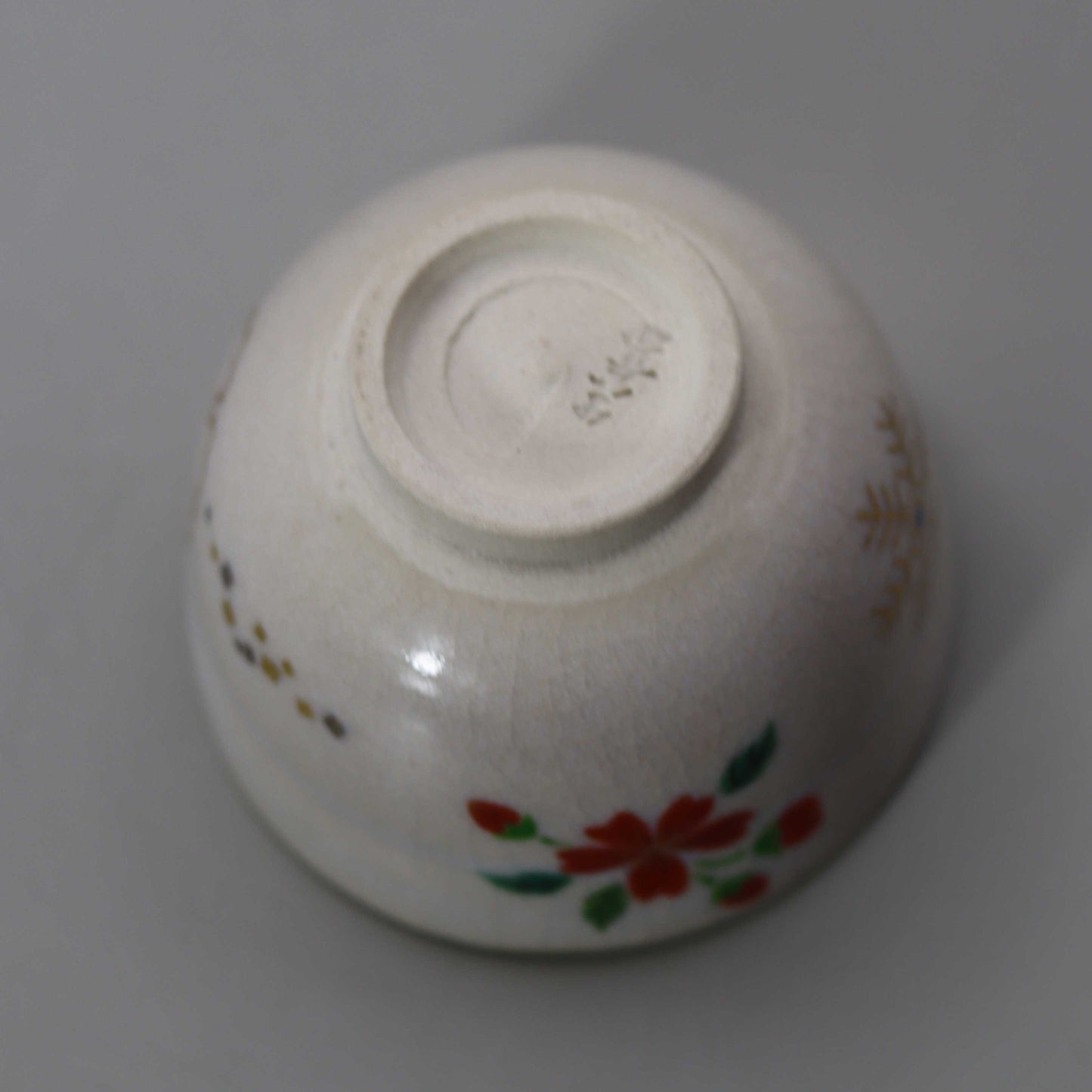
Multi-Column
-
[I will send it to you quickly and carefully]
We carefully package each product in a way that suits it best.
Also, delivery times vary depending on the piece (vessel, etc.).
Items that already come with a box will be shipped within 1-3 days of the order date.
For items that require a box to be made after your order, it will take approximately 30 days for production to be completed and then shipped.
In either case, once we have confirmed your order, we will contact you by email to inform you of the delivery date.
-
[Requests when purchasing pottery]
Even products that look the same may differ slightly in color, shape, size, etc.
The way the glaze is used, the power of the kiln, the firing method, the season, and the humidity also affect the appearance of the pottery.
Please understand the individuality of each piece of pottery and enjoy the unique warmth of handmade.









